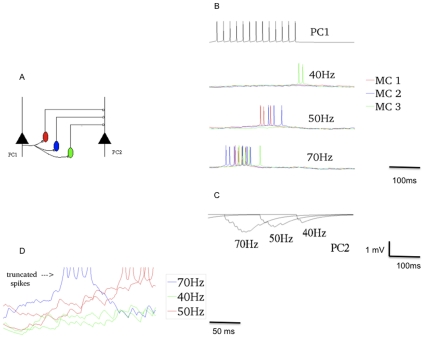Figure 1. Frequency-dependent discharge of Martinotti cells (MCs).
(A) Microcircuitry modeled as described in Silberberg & Markram (2007) showing the disynaptic pathway between pyramidal cells (PCs) (black) mediated by 3 MCs (red, blue and green). The PC1 to MC excitatory synapses are facilitating. (B) The presynaptic PC1 was stimulated by a train of APs at different frequencies (40, 50 and 70 Hz), shown for a 40 Hz input. The overlaid voltage traces of 3 post-synaptic MCs are shown. Firstly, higher frequency evoked post-synaptic APs with higher probability and shorter onset latency. Secondly, higher frequency recruited more intermediate MCs, in accordance with experiments (Silberberg & Markram, 2007). Rarely do all 3 MCs discharge for 40 Hz input, 2 MCs discharge in ninety percent of the trials during 50 Hz and all 3 MCs discharge in ninety percent of the trials during 70 Hz. The MC membrane potential jitter is due to the presence of background activity. (C) The increase in amplitude and decrease in latency of disynaptic response on PC2 membrane potential as a function of presynaptic AP train frequency. The monosynaptic excitation between pyramidal cells is turned off to present how the disynaptic response of MCs in experiment and model coincide. (D) Individual traces of MCs receiving synaptic input from PCs demonstrating membrane depolarization following different presynaptic discharge frequencies.

